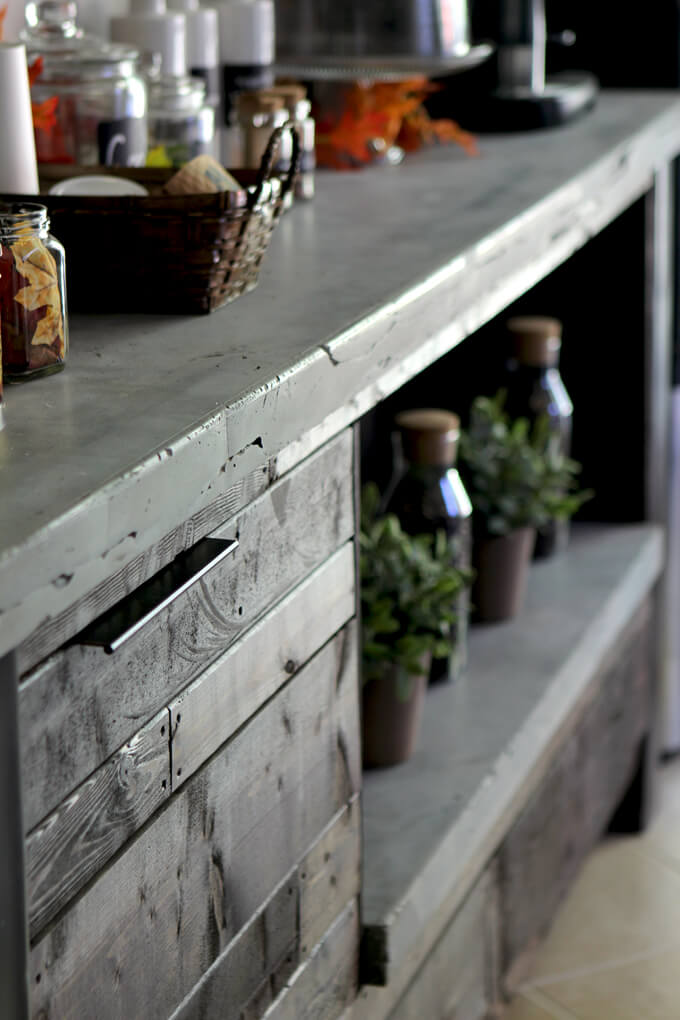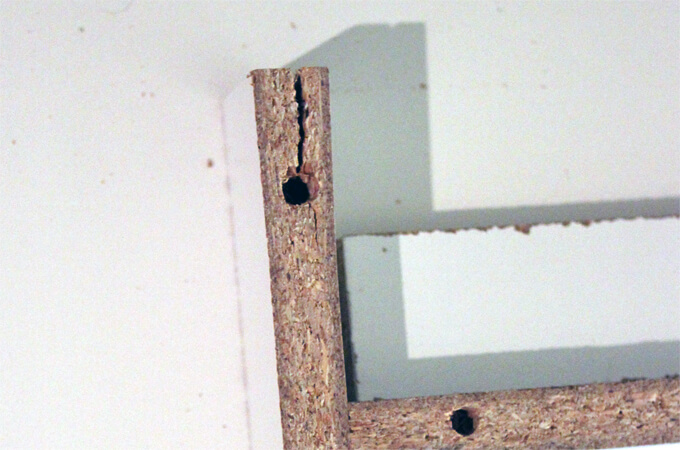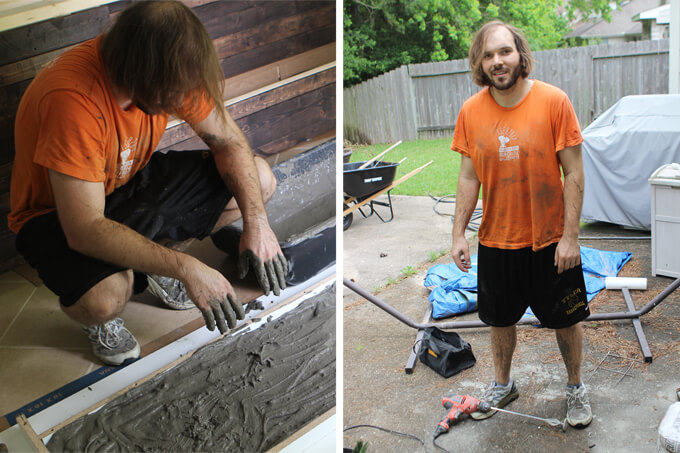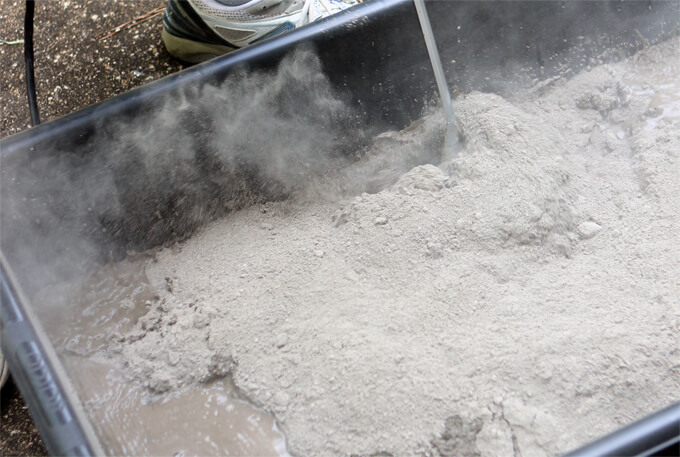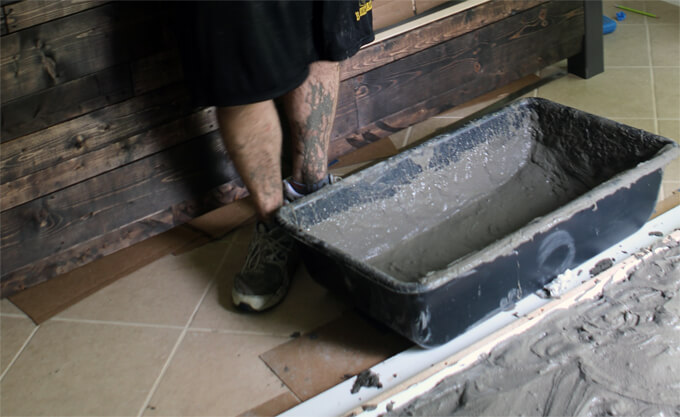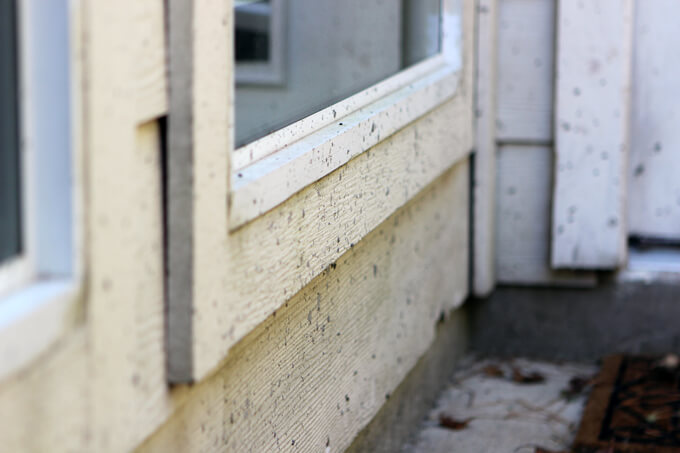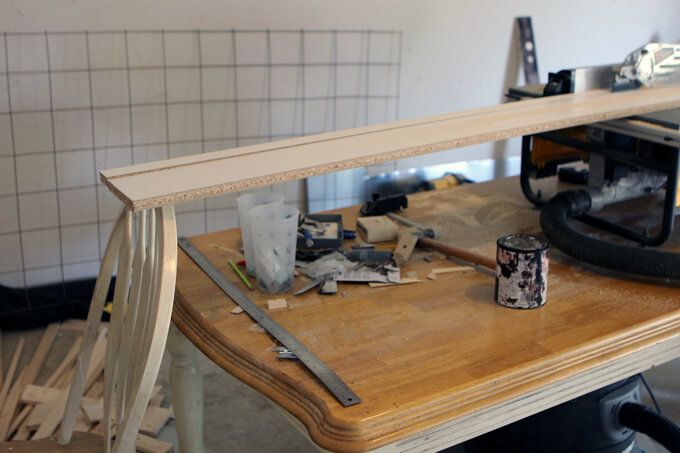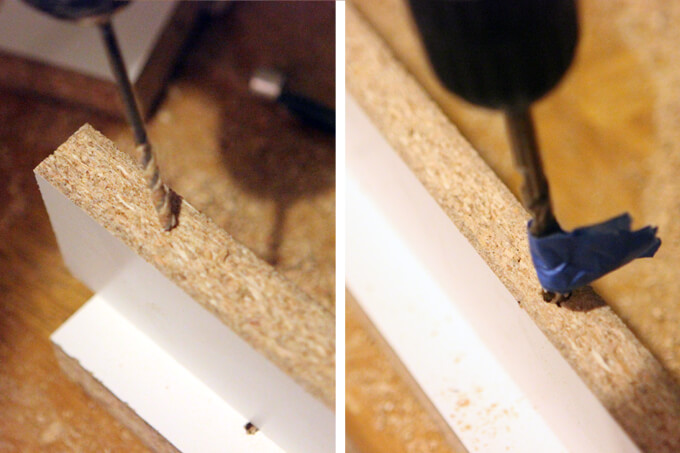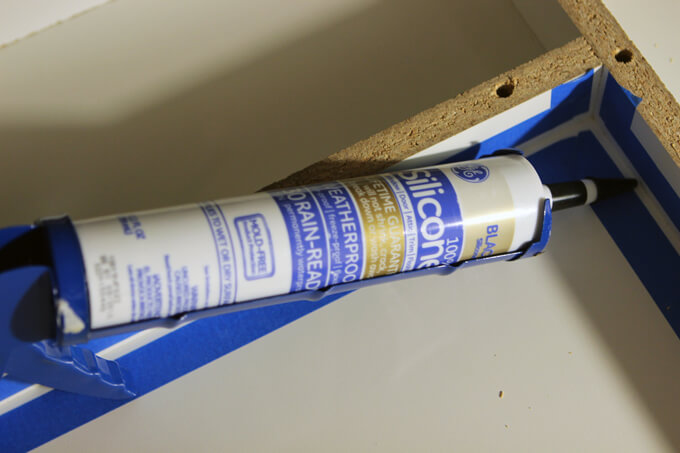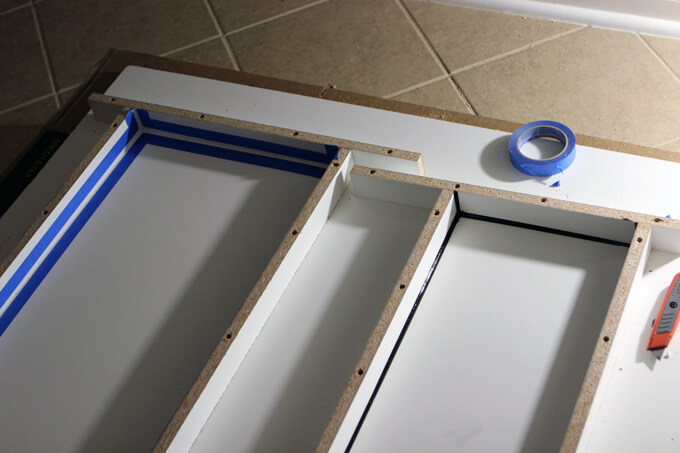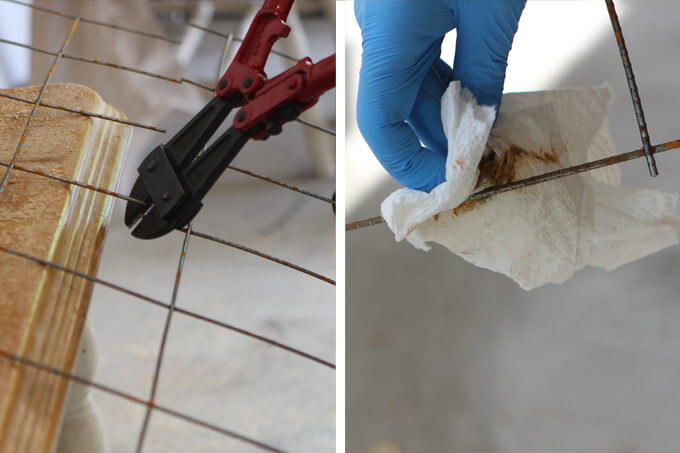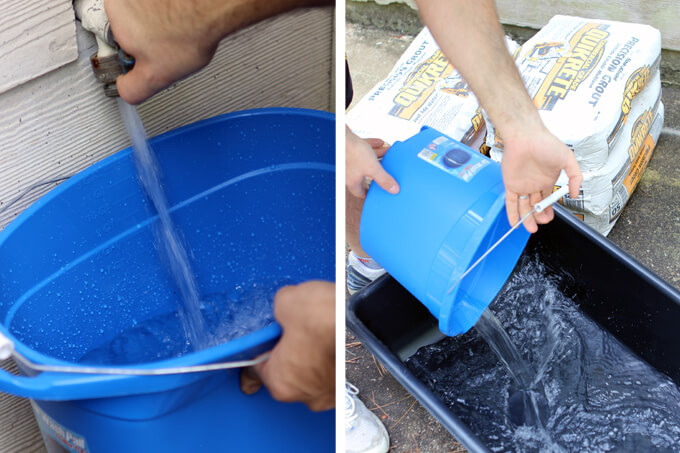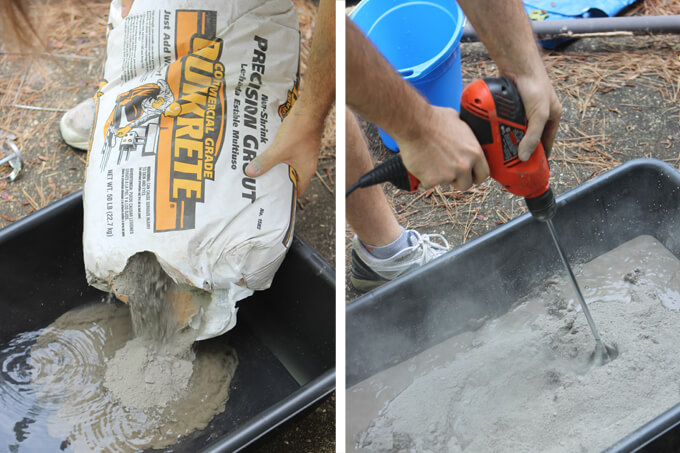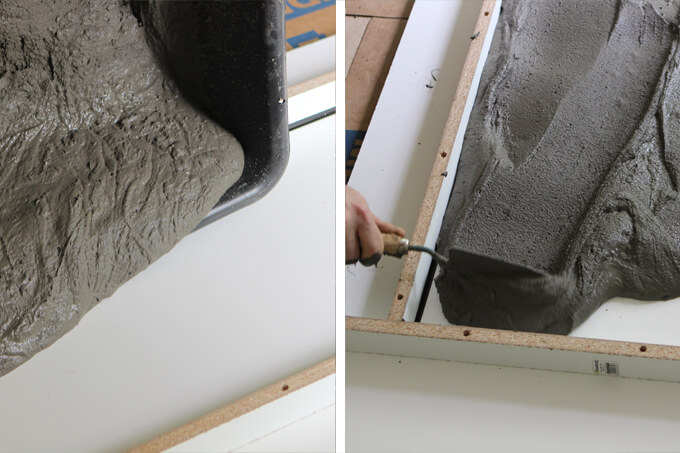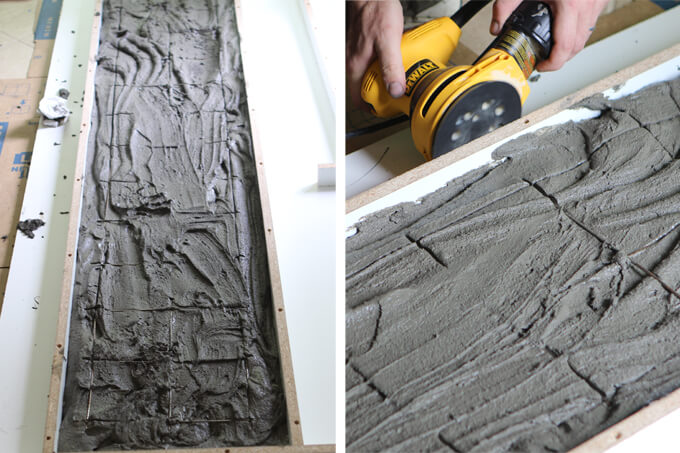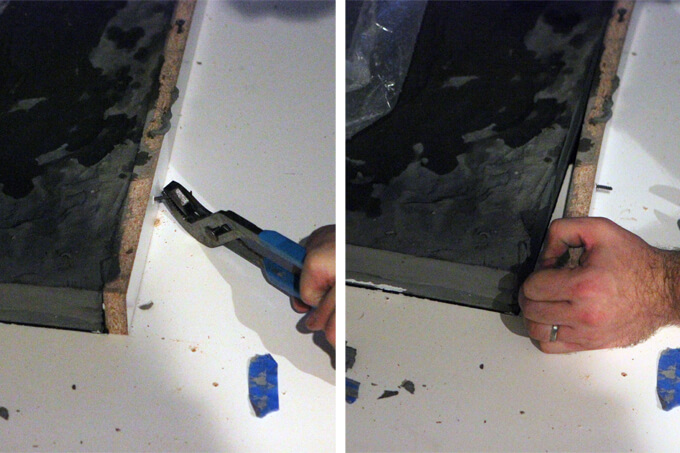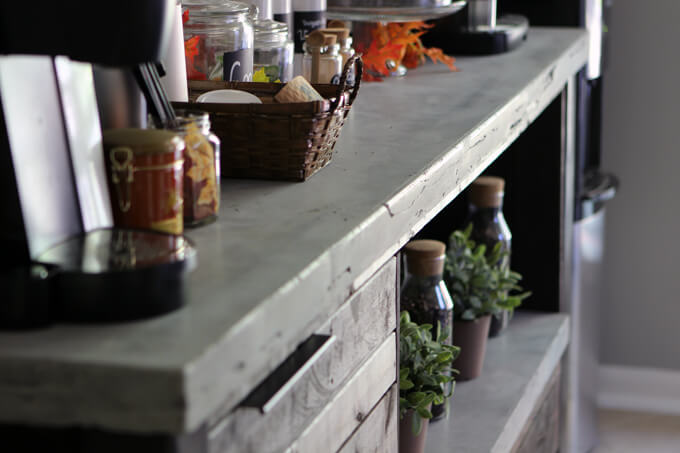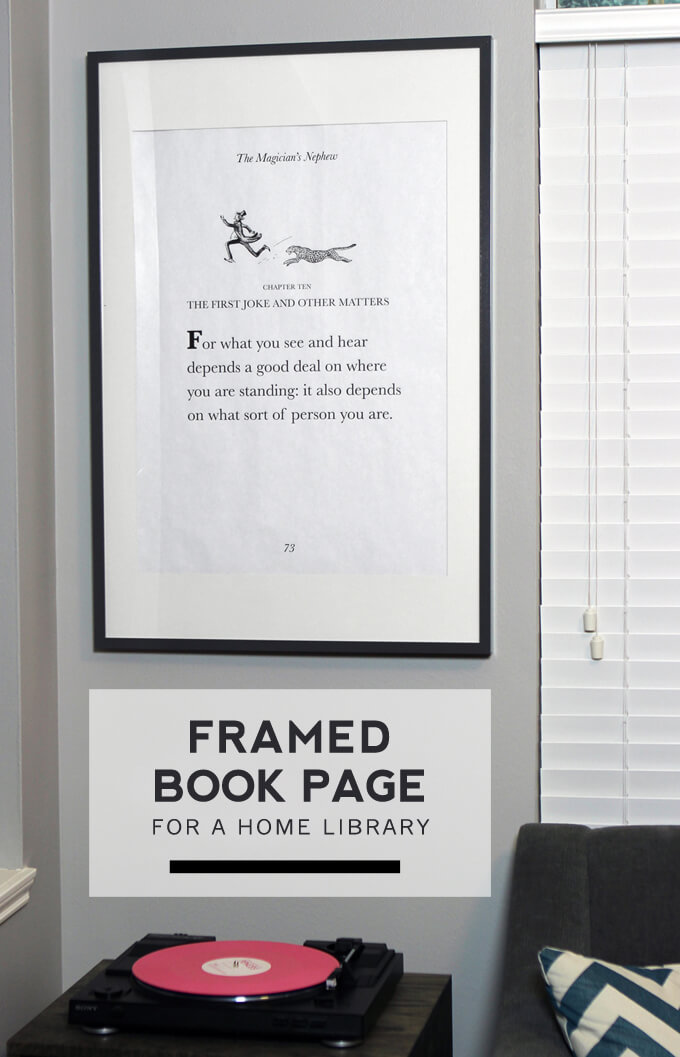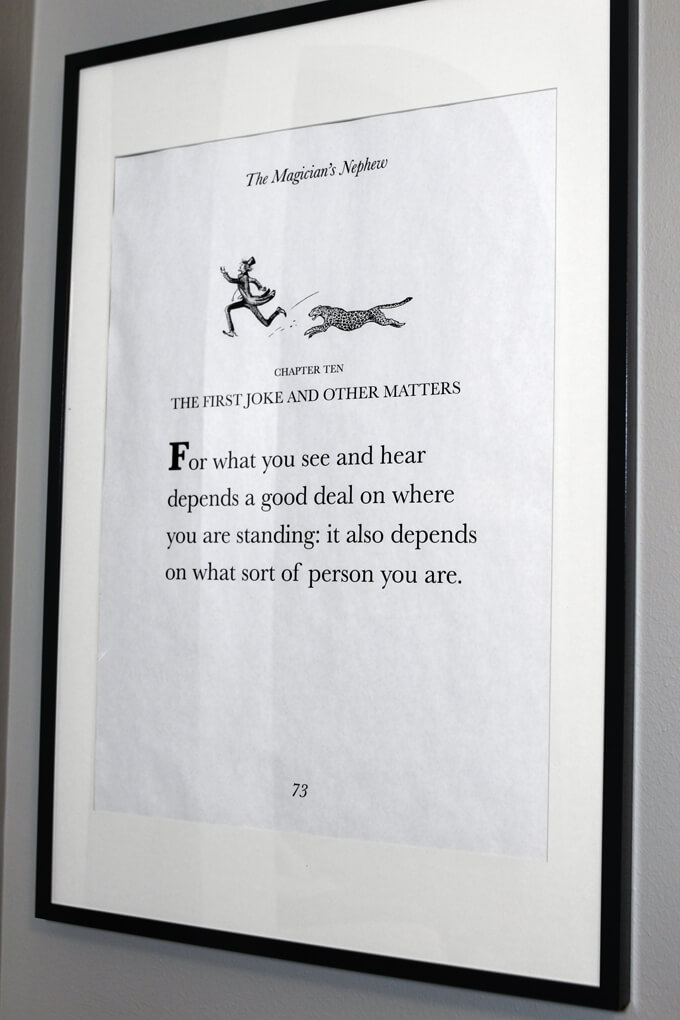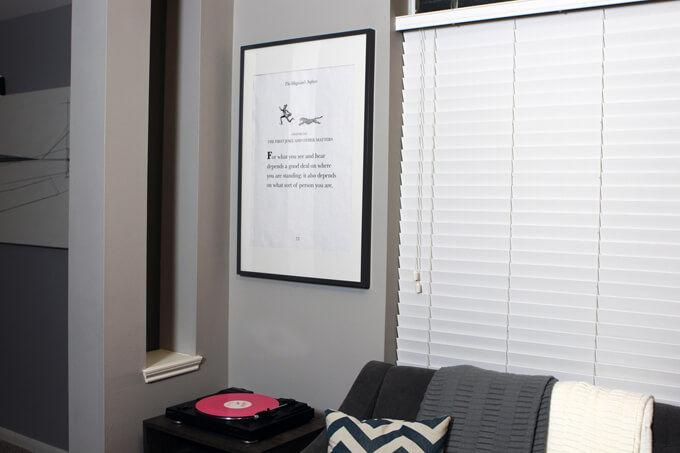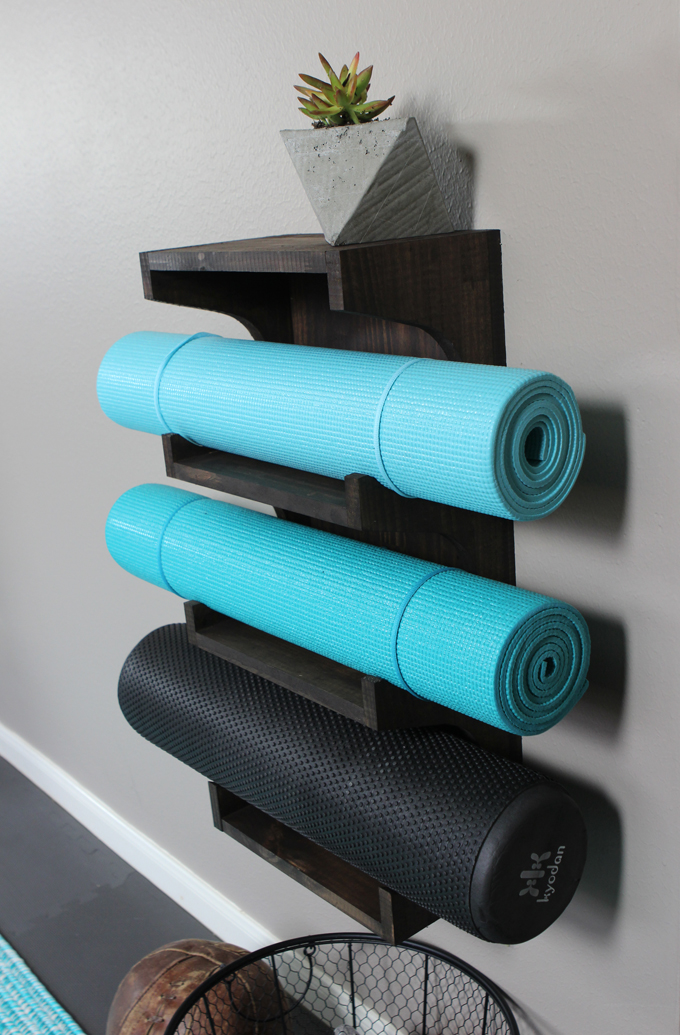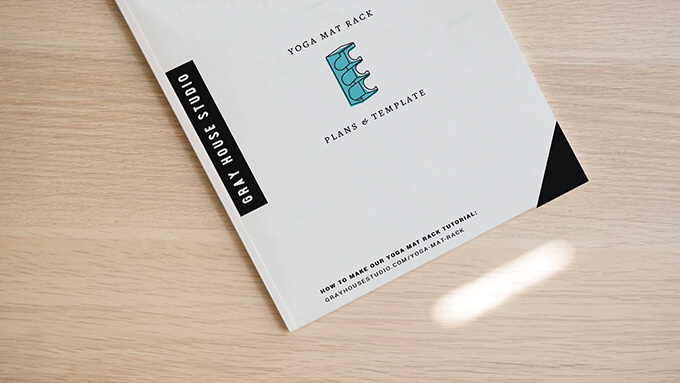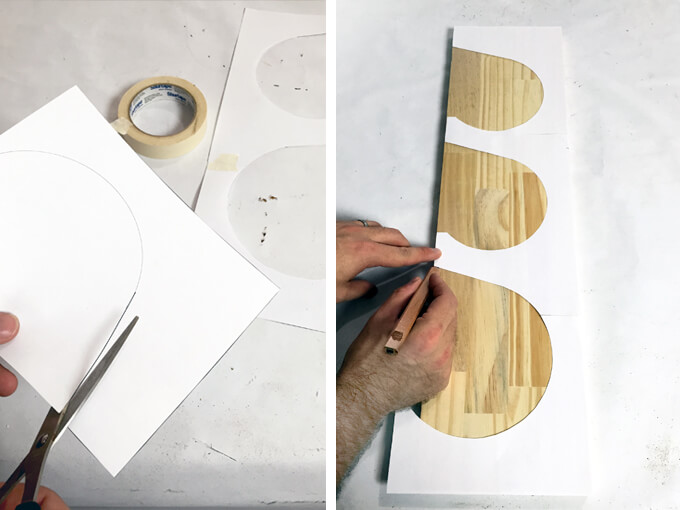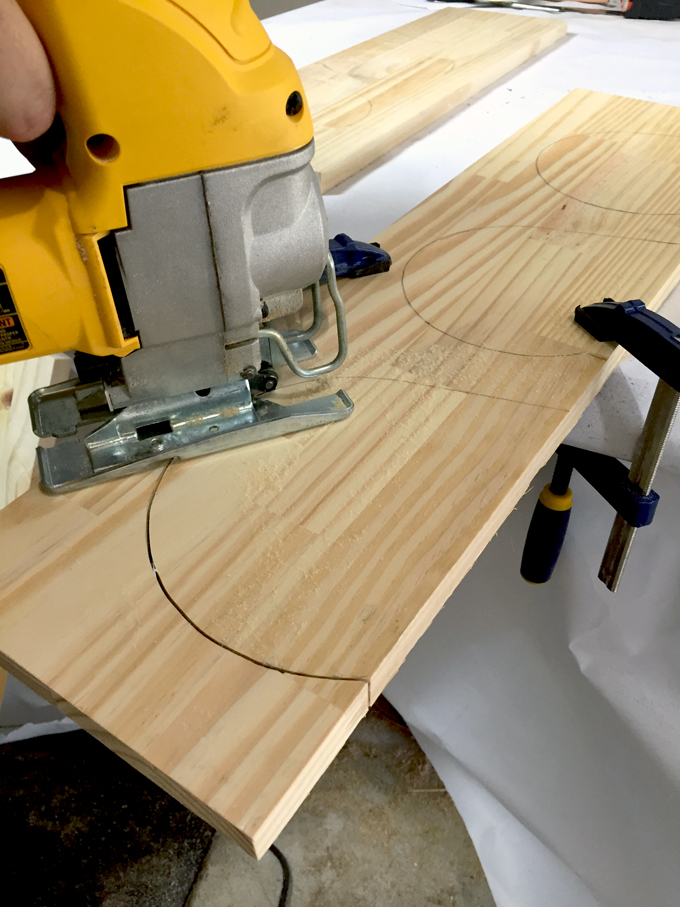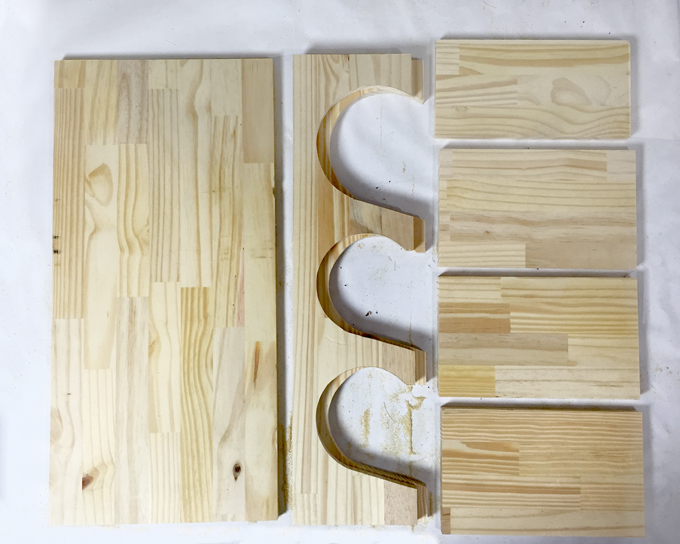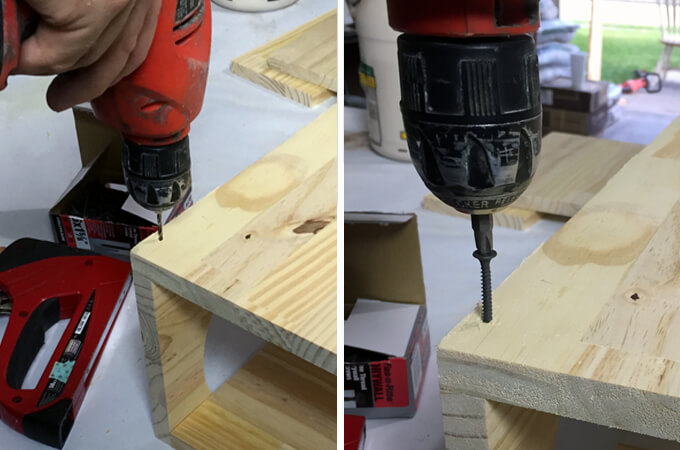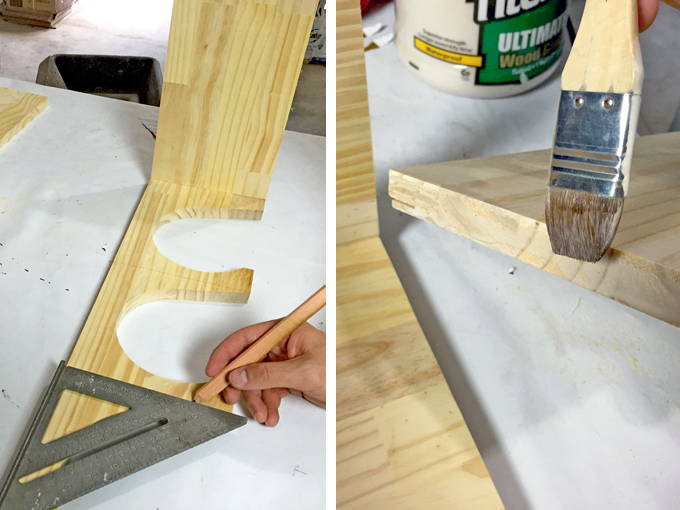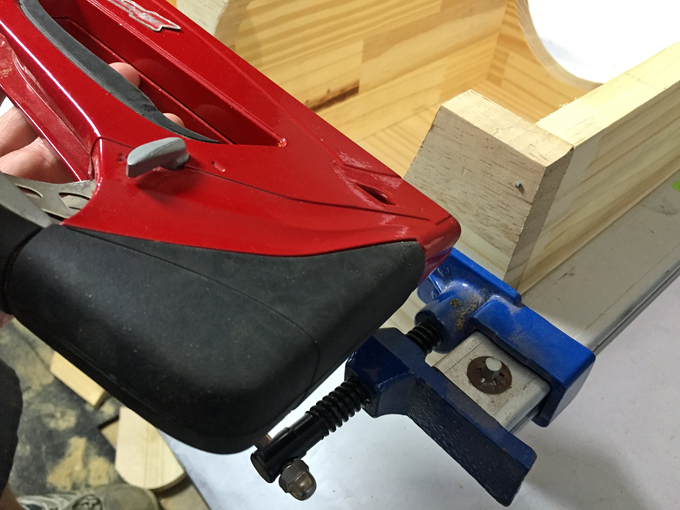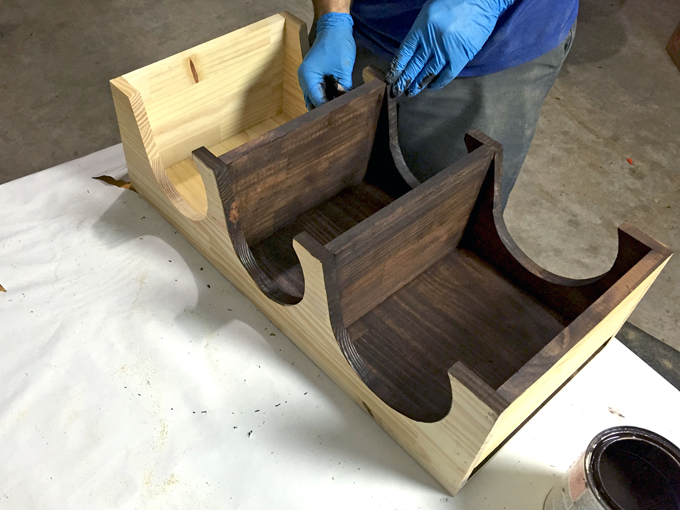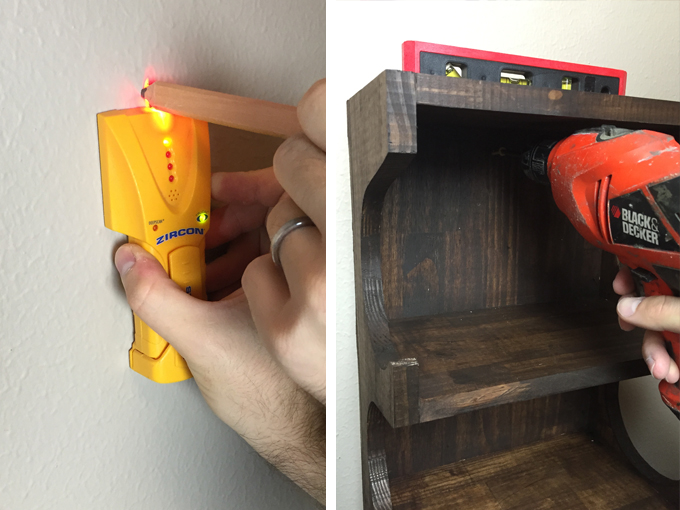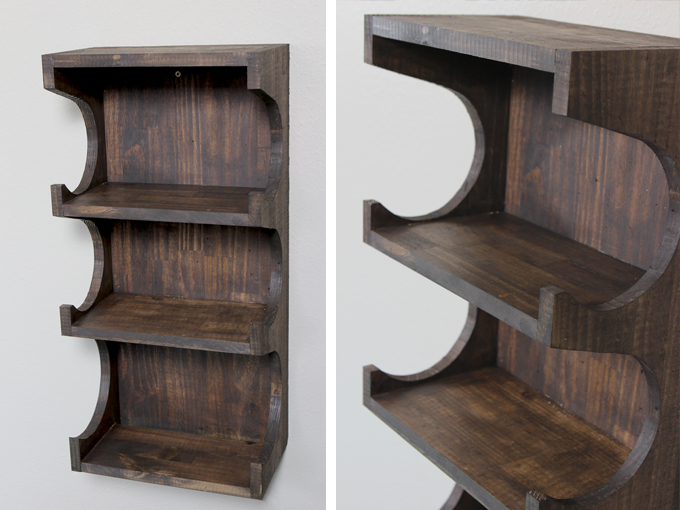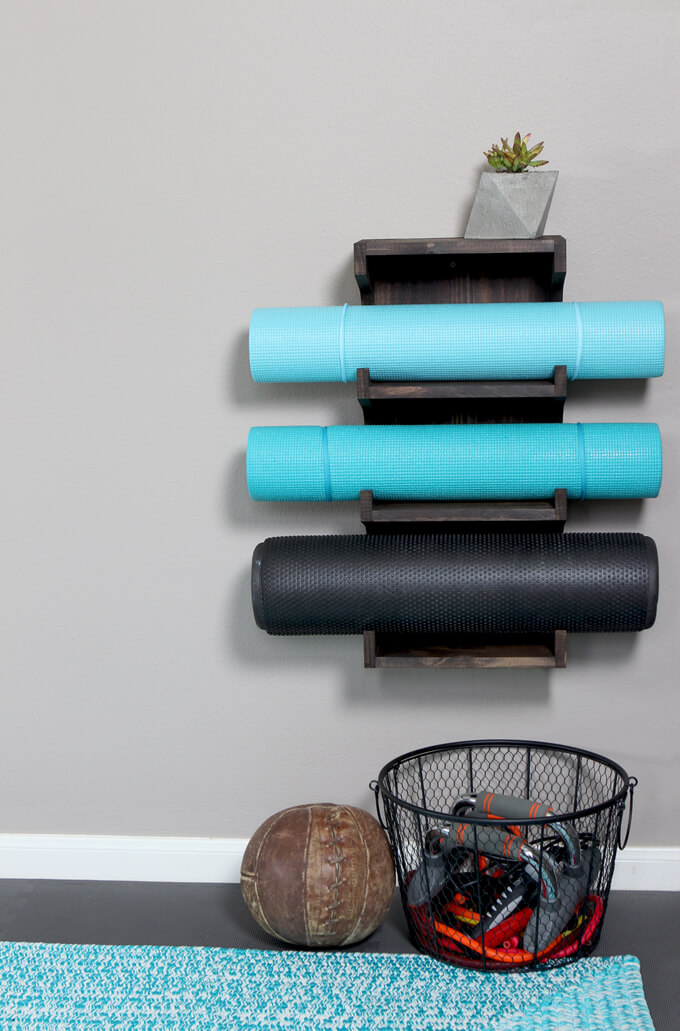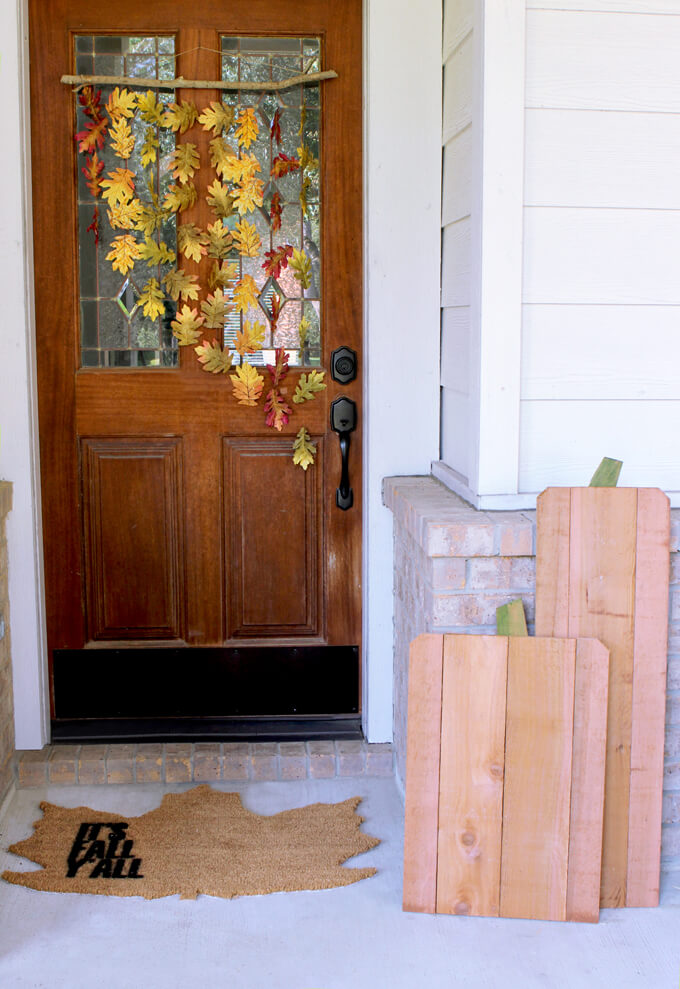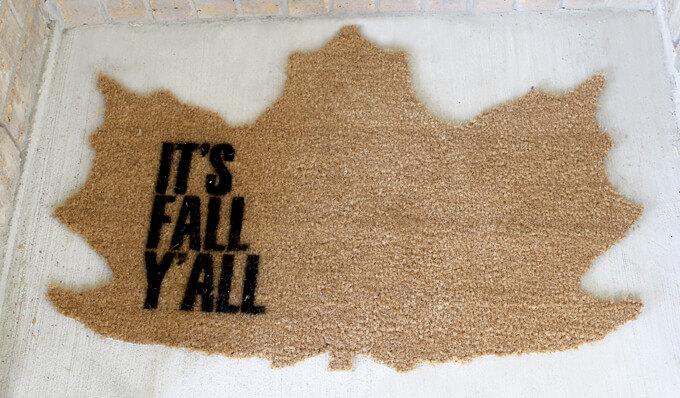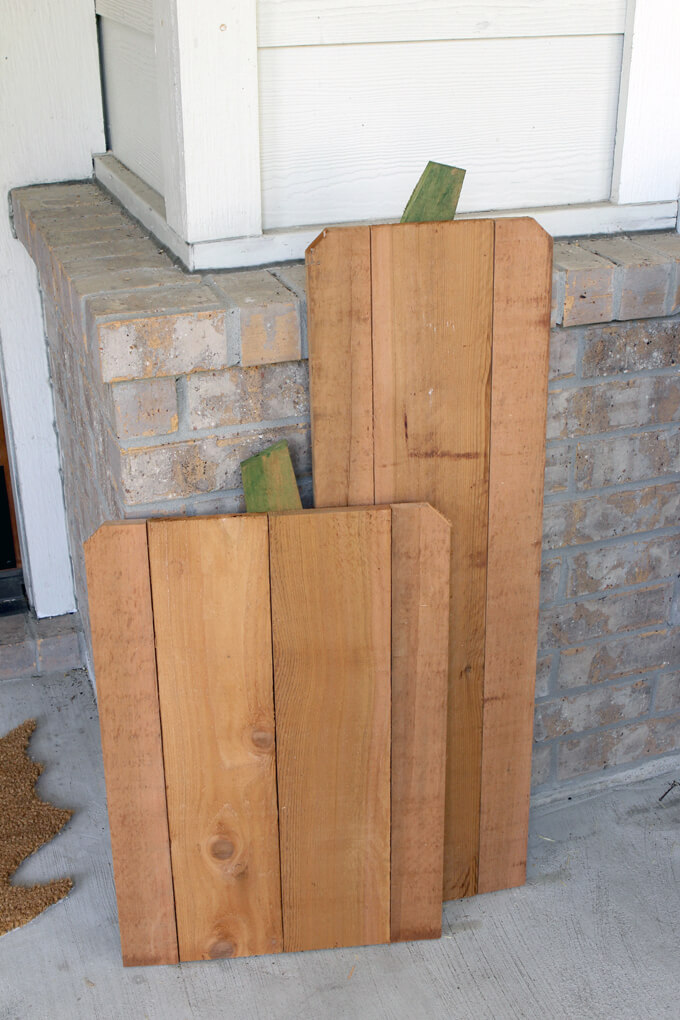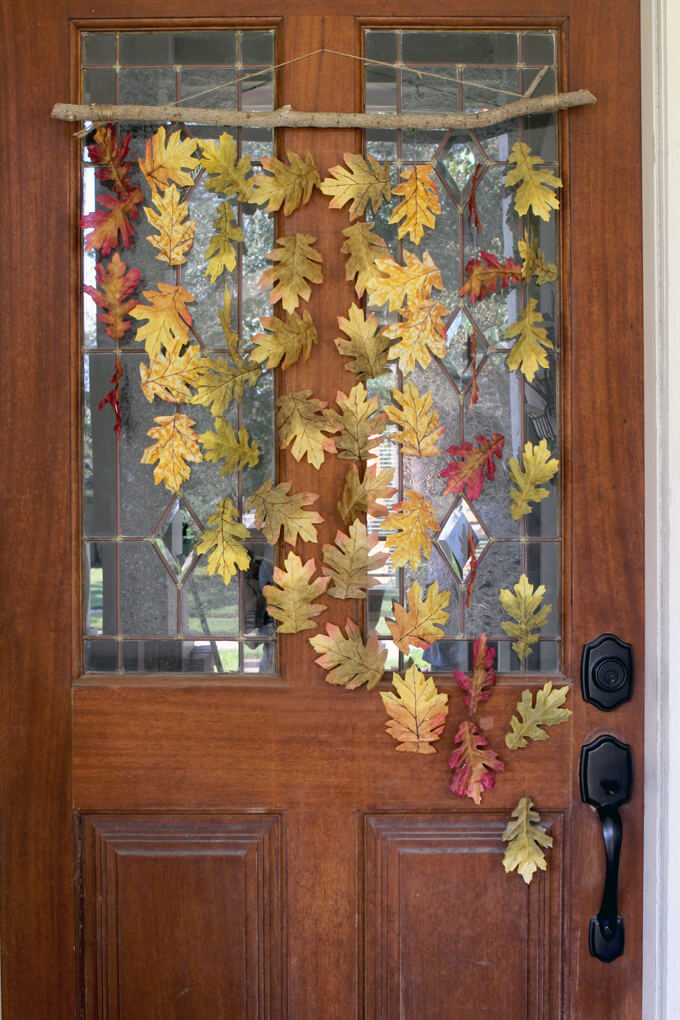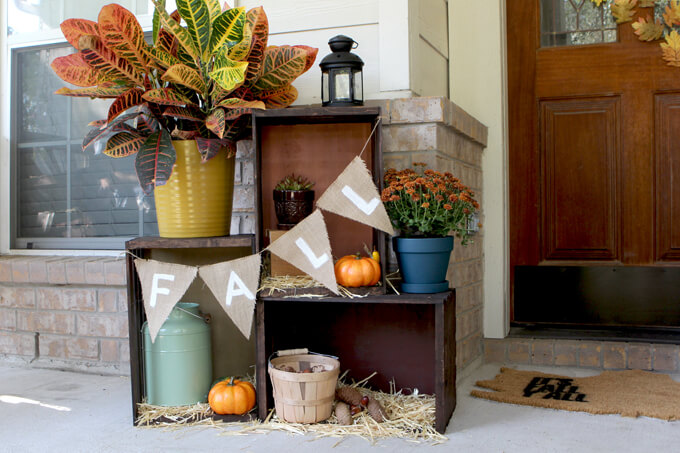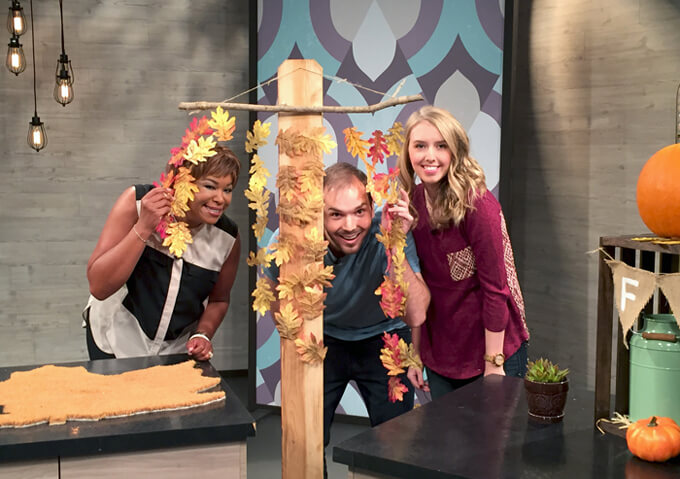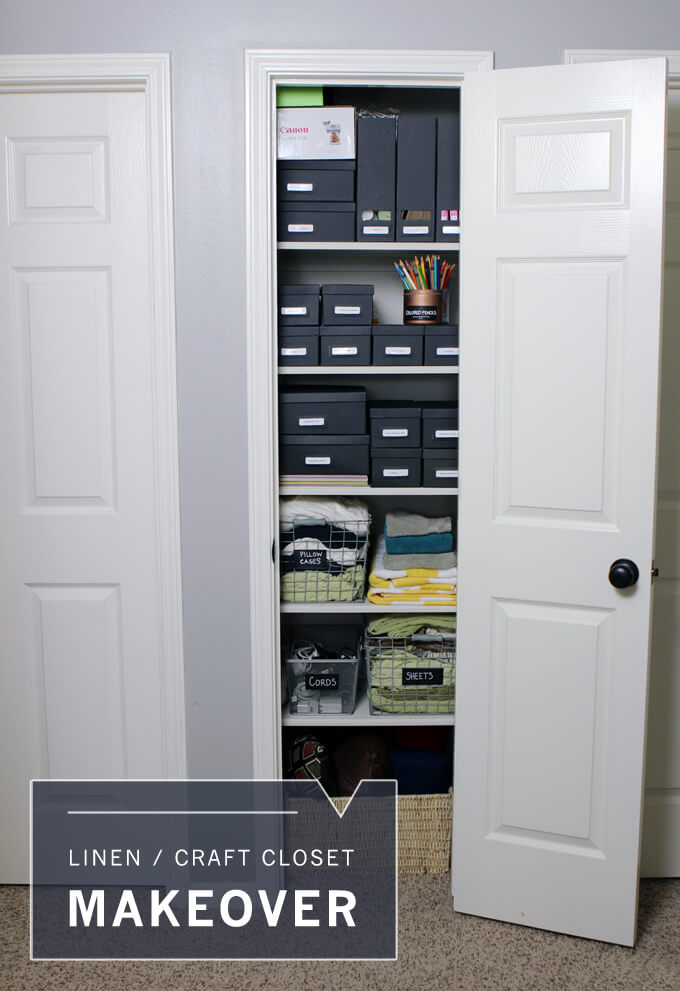
This week we took advantage of the extra hour to work on some linen closet organization. There is just something about a freshly organized closet that makes me super happy. Ah, it is the little things like purging old junk and storing supplies in matching boxes to make it a good week.
When we started working on our home gym we pulled all the craft supplies out of the closet in that room and have been “storing” it on the guest room floor for the past three months. It has been difficult to find supplies for our projects. I was anxious to create a system so the next time Brent asks me where our double sided tape is I can give him a definite answer rather than “somewhere on the guest room floor”. Life is glamorous sometimes over here at Gray House Studio.
We have been planning on building a craft cabinet but other projects have come along and bumped it further down our to-do list so we started looking for a quick solution to get all the stuff off the floor (so our guests don’t have to walk through a maze of paints and pencils to get to their bed) and decided that our hall linen closet would be the perfect place to store all of our craft supplies.
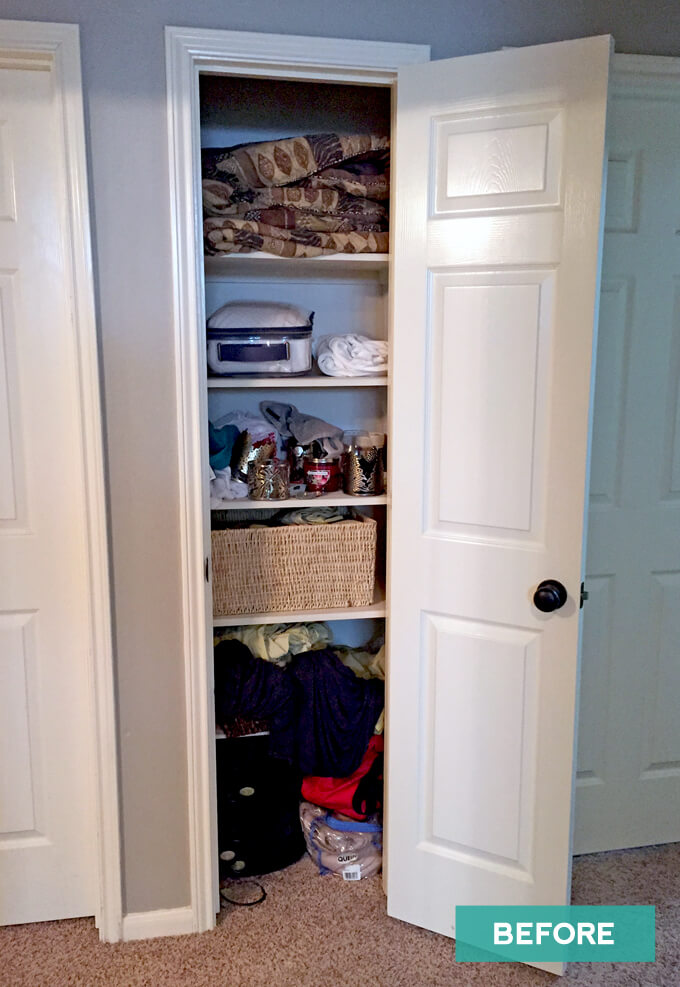
Here is what our linen closet looked like this time last week. There were some sheets, some blankets, pillow cases, towels, etc. It resembled a linen closet but there just seemed like so much wasted storage space. It isn’t a huge closet but if organized properly, I was sure we could fit both linens and craft supplies in this space.
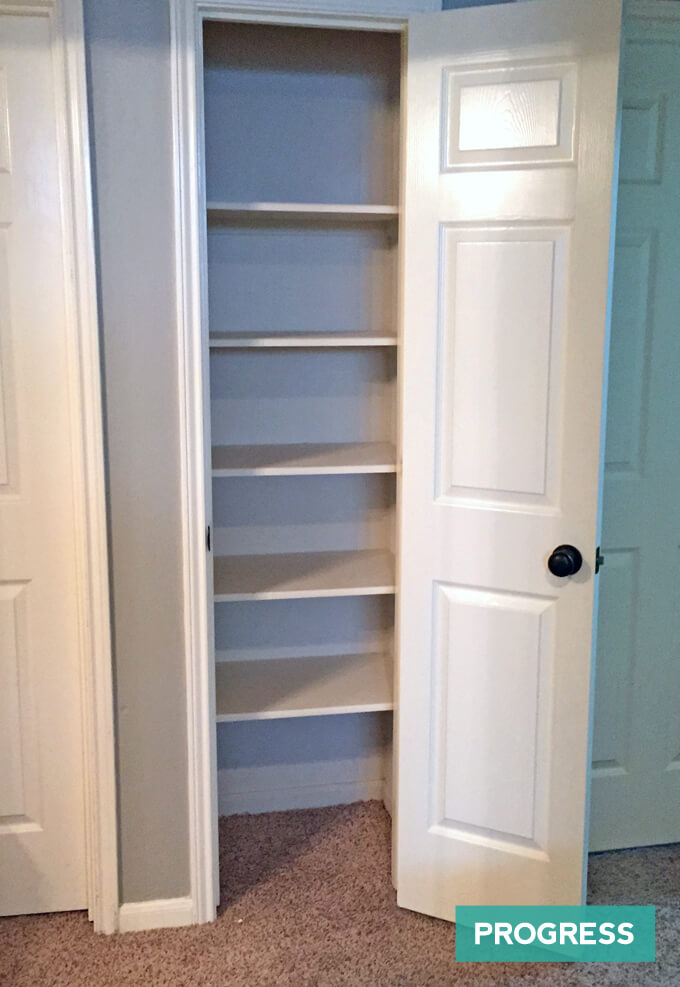
The first thing we did was pull everything out of the closet and create an even bigger mess in the guest room and the hall and the entry way. Doesn’t it seem like you have to create a mess to organize a mess? I like starting organization projects with a blank slate so I can get a good idea of how much space I am actually working with.
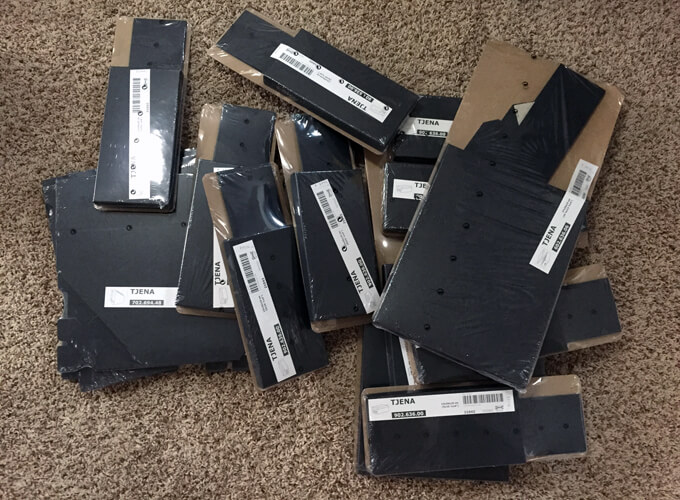
The one thing that holds me back from organizing is money. It is a dream of mine to have all our cabinets, drawers and closets neatly organized with matching baskets, bins and boxes but I can’t ever seem to pull the trigger on purchasing these items because you can’t just buy one or two you have to buy several and they can add up quick.
This closet was going to take a plethora of boxes because we needed to store a lot of small items like glue bottles, ribbon, tape, pencils, etc. We ended up using three different sizes of the TJENA boxes in black from IKEA.
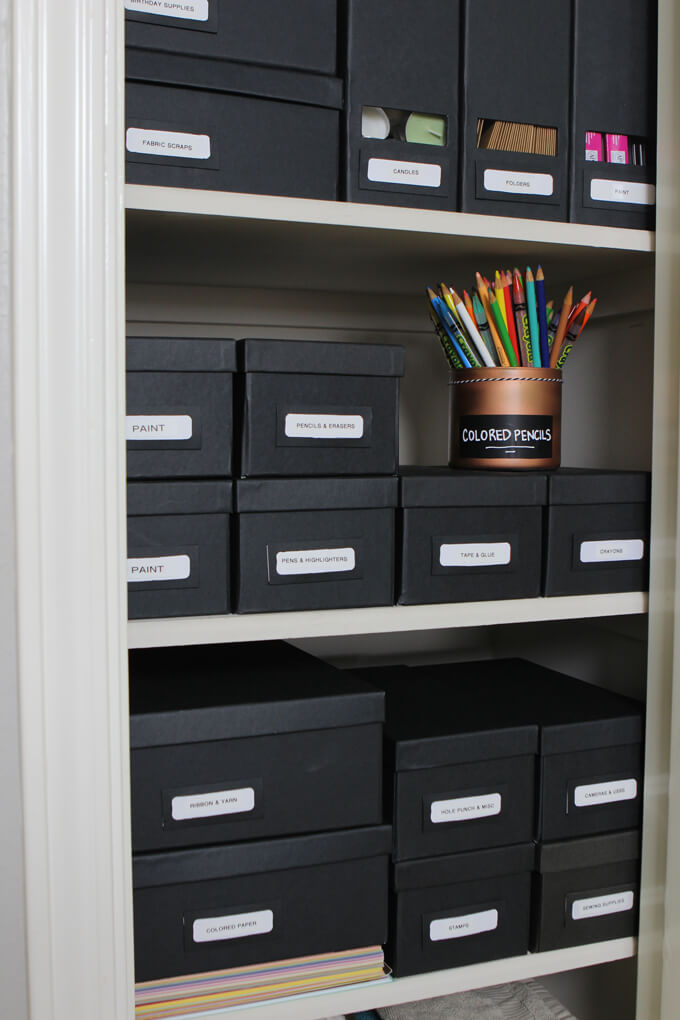
The price was great ($3.99 for the large box that came with an option to add compartments, $1.99 for the smaller box, and $3.99 for a two pack of the magazine files).
They were paper boxes so I was skeptical about how sturdy they would be but we are very pleased with the quality. They are easy and quick to assemble. I used our label maker to create labels for each of the boxes to create a uniform look.
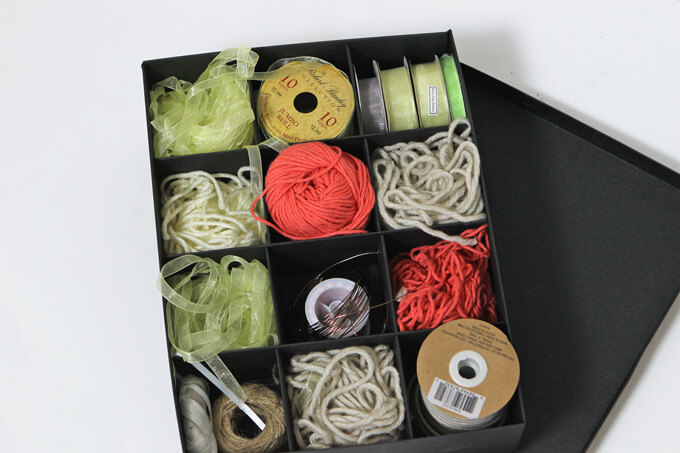
The large box comes with another piece that you can add to break up the inside into small compartments. It was perfect for storing all of our left over ribbon, yarn, twine, etc. I also used these large boxes to store paper and fabric scraps. I’m just over here in organization heaven.
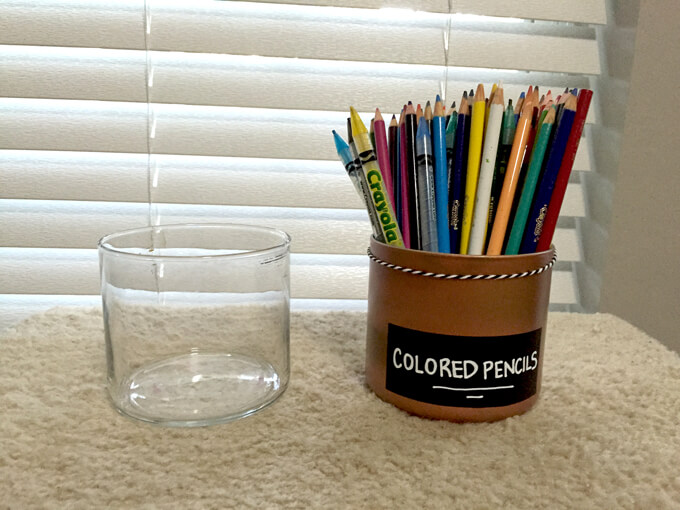
We use our colored pencils the most for sketching project ideas. I wanted to create an easy way to grab them out of the closet but I didn’t want to spend any money.
I took one of my old candles from Bath & Body Works that just had a tiny amount of wax at the bottom and cleaned it out using a trick I found online which involves pouring boiling hot water into the jar so all the wax can come up to the top of the jar. I let it cool for a few hours so then I could just pop the wax and the wicks out. It works great and I like finding ways to recycle these jars.
After I cleaned it out really well, I spray painted it and stuck my favorite chalk tape onto it. It was a fast, easy and free storage solution.
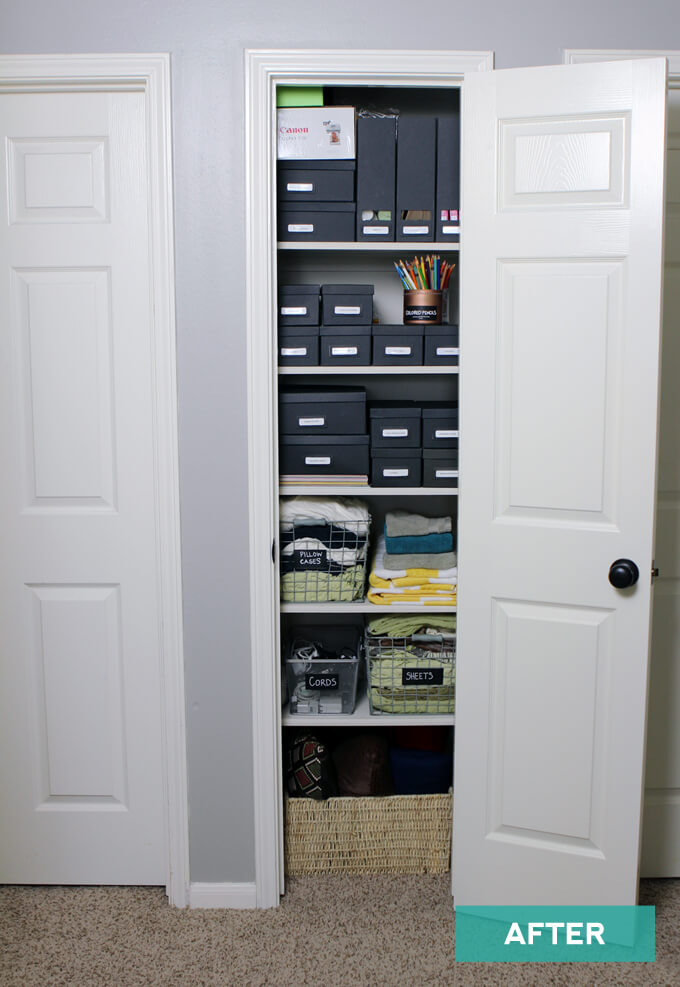
Once all of our craft supplies were nicely organized in the top half of the closet, I started working on arranging the linens in the bottom half. We purchased two inexpensive wire baskets from HomeGoods. In these we are storing our extra sheets and pillowcases. Eventually I would love for all these to match. All white pillowcases and sheets for guests would be ideal and for the designer in me, look a lot nicer matching in the closet.
We store all the guest towels in the guest bathroom, all of our blankets in our living room ottoman and the extra blankets in the guest room closet. We just don’t have a ton of extra linens to fill up an entire closet in this stage of our life.
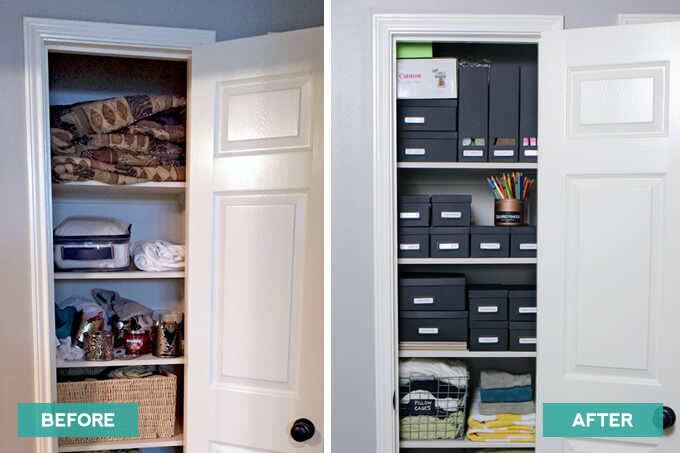
What a difference, no more wasted space! Does it mean that we are not grown ups yet if we have more craft supplies then linens in our newly organized linen closet?
It may seem like a strange choice, but Brent and I like making spaces work for us and to use them to create solutions to solve our storage problems or fit our interests and our recent linen closet organization project is the perfect example of just that.



